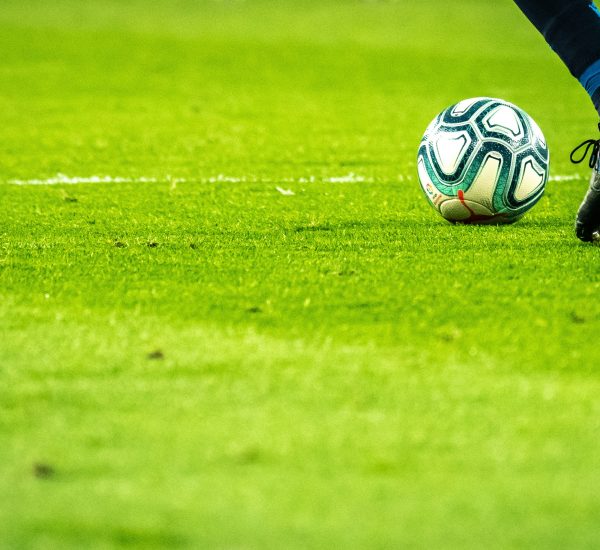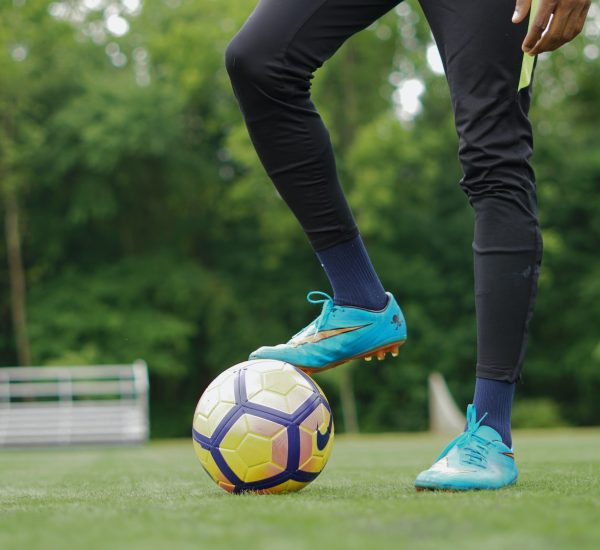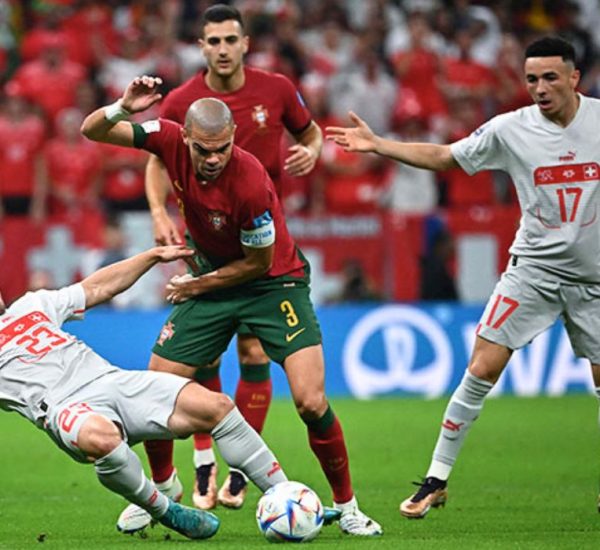Number 6 Position in Soccer: Soccer, a game of sheer skill and tactical understanding, is not just about scoring goals. Each player on the field holds specific responsibilities, assigned through their positions and numbers, which form the foundation of a winning team when properly executed.
Among these roles, the number 6 position, also known as the defensive midfielder or holding midfielder, plays a vital part. However, the intricacies of this position often get overlooked. Therefore, this comprehensive guide will delve deeper into the role, responsibilities, and critical techniques to help a player excel in this position.
The Significance of Number 6 Position
The Number 6 role, typically assigned to a defensive midfielder, bridges the gap between the defense and midfield. This player is usually stationed just in front of the defense line, responsible for protecting the defensive zone and contributing to the build-up play, essentially becoming the first and last lines of offense.
Role and Responsibilities
- Defending: The player in the number 6 position primarily shields the back four (or three, depending on the formation) from the opposing team’s attackers. They are the pivot in the center, intercepting passes, blocking shooting lanes, and disrupting the flow of the opponent’s offensive plays. This requires an excellent understanding of the game, sharp anticipation, and tactical awareness.
- Distribution: After successfully winning the ball back, it is crucial that the Number 6 player can accurately distribute the ball to initiate attacks. They are often required to find the attacking midfielders or wingers with pinpoint passes to maintain possession or trigger fast counterattacks.
- Press Resistance: A vital quality of a significant number 6 player is their ability to resist the press from the opposing team. They must remain calm and composed when under pressure, retain possession, and avoid losing the ball in dangerous areas.
Skills Required to Excel in the Number 6 Position
- Technical Skills: Proficiency in passing, controlling the ball, and maintaining possession under pressure are essential technical skills for a defensive midfielder.
- Physical Attributes: The number 6 player often has to deal with physical battles in the midfield. Therefore, strength, stamina, and speed are all valuable physical attributes. Agility can also provide an edge during one-on-one situations.
- Tactical Awareness: This role requires understanding the game’s dynamics and anticipating the opponent’s movements. A player with high tactical awareness can read the game better and position themselves effectively to break down the opposition’s plays.
- Leadership: Although not mandatory, leadership qualities can further enhance the effectiveness of a number 6 player. The player can guide their teammates during the game, organizing the defense and ensuring positional discipline.
Notable Players
Many great players have excelled in the number 6 position. Claude Makelele, a former French international, revolutionized this position with his outstanding defensive capabilities and precise distribution. His contributions to the game led to the coining of the term ‘Makelele Role’. More recently, players like Sergio Busquets, N’Golo Kanté, and Joshua Kimmich have excelled in this role, each bringing their unique style and further emphasizing the importance of this position.
The Evolution of the Number 6 Position
The role of the number 6 has evolved over time. Initially, it was mainly focused on providing defensive solidity. However, in modern soccer, this role has expanded to include more involvement in the attacking phase and often requires the player to have exceptional ball-playing skills.
These players are now expected to contribute not just in terms of interceptions and tackles but also in providing key passes, maintaining possession, and even scoring goals.
Tips for Playing as a Number 6
- Positioning: Maintaining the correct position is vital. Being too far from the defense might expose them, while being too close might crowd the defensive third. The ideal positioning can vary based on the state of the game and the coach’s tactics.
- Communication: Regular communication with the defensive line, midfield partners, and the goalkeeper is essential for a number 6 player. It helps coordinate defensive efforts and ensure smooth transitioning between defense and attack.
- Composure: Amid constant pressure, a number 6 player must remain calm and composed. Panicking might lead to mistakes, which could be costly, considering their crucial position on the field.
Final Thoughts
In conclusion, the number 6 position in soccer is a linchpin that holds the team’s structure together. It requires a balance of skills, including defensive prowess, ball control, distribution, physical attributes, and an excellent understanding of the game. Mastering this position can significantly contribute to the team’s performance and can pave the way for a successful soccer career.



